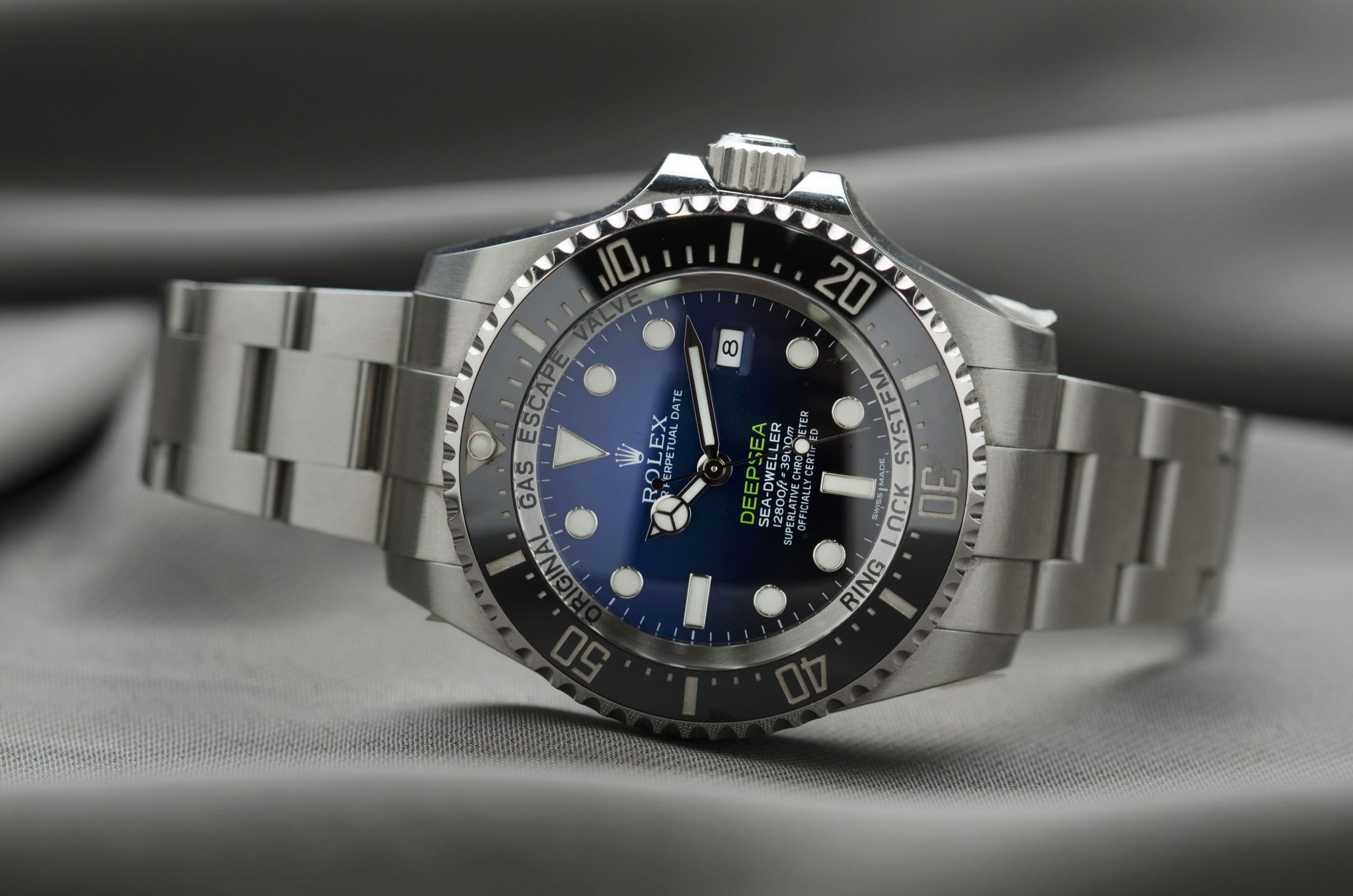The mechanical watch is the most traditional and most valued, as the great Swiss watch factories manufacture it. A mechanical watch operates some external stimulus to keep the mechanical watch running, and the mechanical watch can be either manual or automatic. See more (ดูเพิ่มเติม which is the term in Thai) as you continue reading.
How Does An Automatic Watch Work?
To work, the manual mechanical watch needs someone to wind it so its gears will work. On the other hand, the automatic mechanical watch only needs the wrist’s natural movement so that it keeps telling the time. As the wrist moves, the mechanical watch machine moves the rotor, and he makes the clock’s gears move so the hands will be able to tell the time.
The mechanical watch mechanism usually oscillates around 28 thousand times per hour, resulting in that during the month, it may lose a few seconds. The mechanical watch was the first to exist, as it was made in 1814 by watchmaker Abraham Louis Breguet.
Unlike the mechanical watch, the quartz watch needs a battery to work. It supplies energy to an integrated circuit, and this circuit causes vibrations in the quartz crystal that modulates the energy and makes the gears and hands move uniformly.
The fact is that the discovery of time measurement using quartz crystals that took place in the 60s was primarily responsible for a revolution in the world of watches that almost resulted in the end of the Swiss watch industry.
When calibrated to vibrate, Quartz crystals perform this operation at a frequency of 32,768 Hz. The quartz watch also has a high-precision mechanism, invented by the Swiss and developed by the Japanese, and since then, they have been considered experts on the subject. The quartz watch hit the market in the 1970s.
The quartz watch battery usually lasts an average of 2 years. However, its duration varies depending on the model of the quartz watch and the functions it adds, such as a stopwatch, as it consumes more battery than a quartz watch that has the basic function of telling the time. The small part of the metal applied to the quartz watch oscillates 32,768 vibrations per second, making the quartz watch the most accurate, as it only loses an average of 10 seconds during a month. The advantage is that the quartz watch has different mechanisms: analog, digital and analog-digital.

